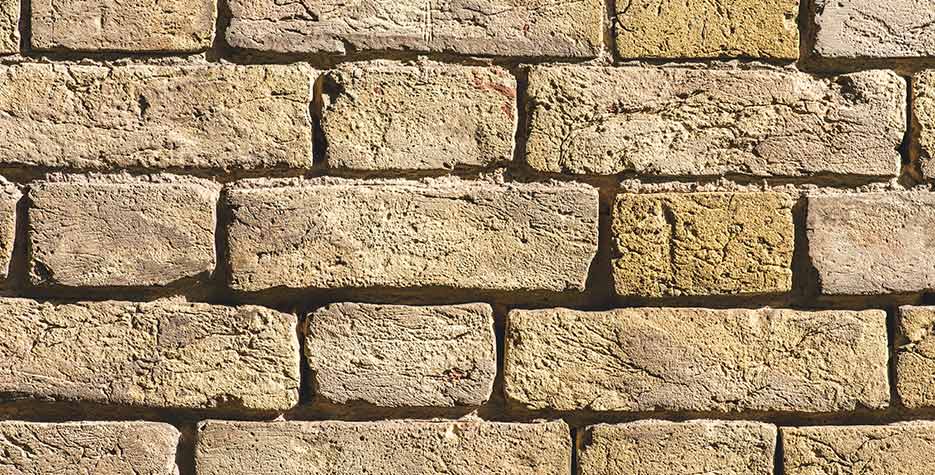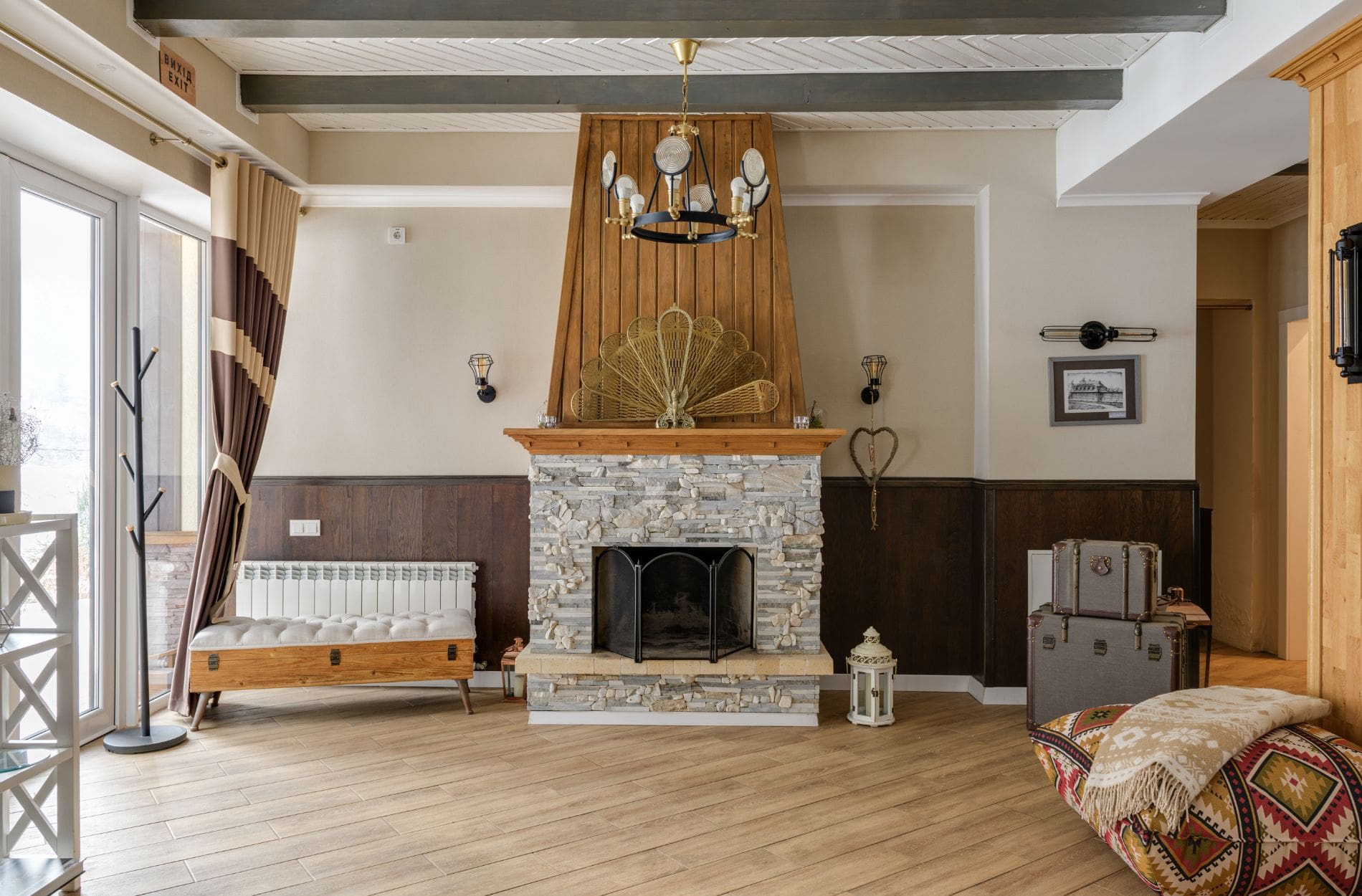Warning Signs of Brick Damage: 5 Red Flags You Shouldn’t Ignore

Bricks are one of the most common materials used in the construction of buildings, but, as with any material exposed to the elements, they can also be prone to damage.
Aside from weathering, they can become damaged over time due to other factors, such as poor workmanship or general wear and tear.
Brick damage is not always immediately apparent, and it’s important to stay vigilant for signs that something may be wrong, such as cracks and loose mortar.
If ignored, brick damage can cause serious structural issues that are costly and time-consuming to repair.
Homeowners and property owners alike need to be aware of the warning signs that indicate potential brick damage so they can take action before any serious long-term issues arise.
Top 5 Warning Signs of Brick Damage
Here are five red flags you should watch out for when detecting early warning signs of brick damage.
1. Cracks
One of the most obvious warning signs of brick damage is cracking. If you notice any cracks in your bricks, whether they’re large or small, it’s important to take steps to mitigate potential issues. Cracks can lead to further damage and even structural instability if not addressed quickly.
There are different types of cracks, each with its meaning and implications.
- Cracks in the brick mortar joints indicate structural damage, while crack formation below the load-bearing walls typically indicates water damage.
- Main wall and cross wall joint cracks can be caused by thermal movement or structural settlement. These cracks should be evaluated by a professional to determine the best course of action.
2. Loose or Missing Mortar
The role of mortar is to hold bricks together, so if you notice any loose mortar or missing mortar between your bricks, this is a tell-tale sign of brick damage. You should also closely examine any bricks that are starting to bow or move, as this may be a sign of weakened mortar.
In addition to the visual signs of crumbling or cracked mortar, you may also hear crackling noises when walking along the wall, indicating that the mortar has weakened and can no longer support the weight of your walls.
If you notice these signs, you must get the area checked out and repaired before further damage is caused.
3. Deterioration
If you notice that your brickwork is beginning to look worn and discolored, then it’s likely that weathering has taken its toll on your bricks and mortar joints. It can manifest as:
- Chipped bricks
- Flaking brick
- Crumbling brick
This can be caused by exposure to extreme temperatures and moisture, and it can be a sign of decay that should not be ignored as it may lead to further issues.
4. Efflorescence
Efflorescence refers to a white, powdery substance that’s caused by water seeping through the mortar joints and leaving behind a deposit of salts on the surface. It usually appears in the summer when humidity is high or during periods of heavy rain.
Efflorescence can vary in its appearance, ranging from heavy patches to light dusting. It’s typically caused by either water damage or poor brick selection. If left untreated, efflorescence can lead to the deterioration of the brick and its mortar joints.
One way to check for efflorescence is to use a damp cloth and wipe the surface of your brickwork. If you notice any white residue, then it’s likely that efflorescence is present.
You should inspect your brickwork for efflorescence regularly and have the cause of it assessed by a masonry expert or structural engineer to ensure that your home remains safe and secure.
5. Bulging or Bowing
Bulging occurs when part of the structure pushes outwards due to pressure from behind it. The force can be caused by a variety of issues, such as:
- Water seepage
- Settlement
- Shifting soil.
In addition to being unsightly, this type of damage can weaken the entire wall and cause major structural issues if left unchecked.
It’s important to note that bulging isn’t always caused by damage and can sometimes result from incorrect construction techniques. However, it’s still a red flag that you should have checked out before it becomes a more serious issue.
Bowing is similar to bulging in that part of the wall will protrude outwards. However, the force behind it comes from within the brick itself and not an external source.
This type of damage is often caused by improper installation of bricks or mortar joints that are too thin or weak. As with bulging, bowing can weaken the entire wall and cause major structural issues if left unattended.
You should also be aware that bowing can cause other problems, such as cracking and crumbling, due to the uneven pressure it puts on the wall. As such, it’s important to have this type of damage checked out immediately.
Don’t Wait Until It’s Too Late
Being aware of the red flags of brick damage can help you take the necessary steps to repair and maintain your brick walls and structures. Brick is a sturdy material, but it’s not invincible. It requires regular maintenance, or else you may have crumbling walls.
Detroit Brick Co. is here to help if you need masonry restoration and repair. We can assess your brick damage and offer the best restoration solution.
If you suspect brick damage in your home, schedule a free consultation with us today to see how we can help.





